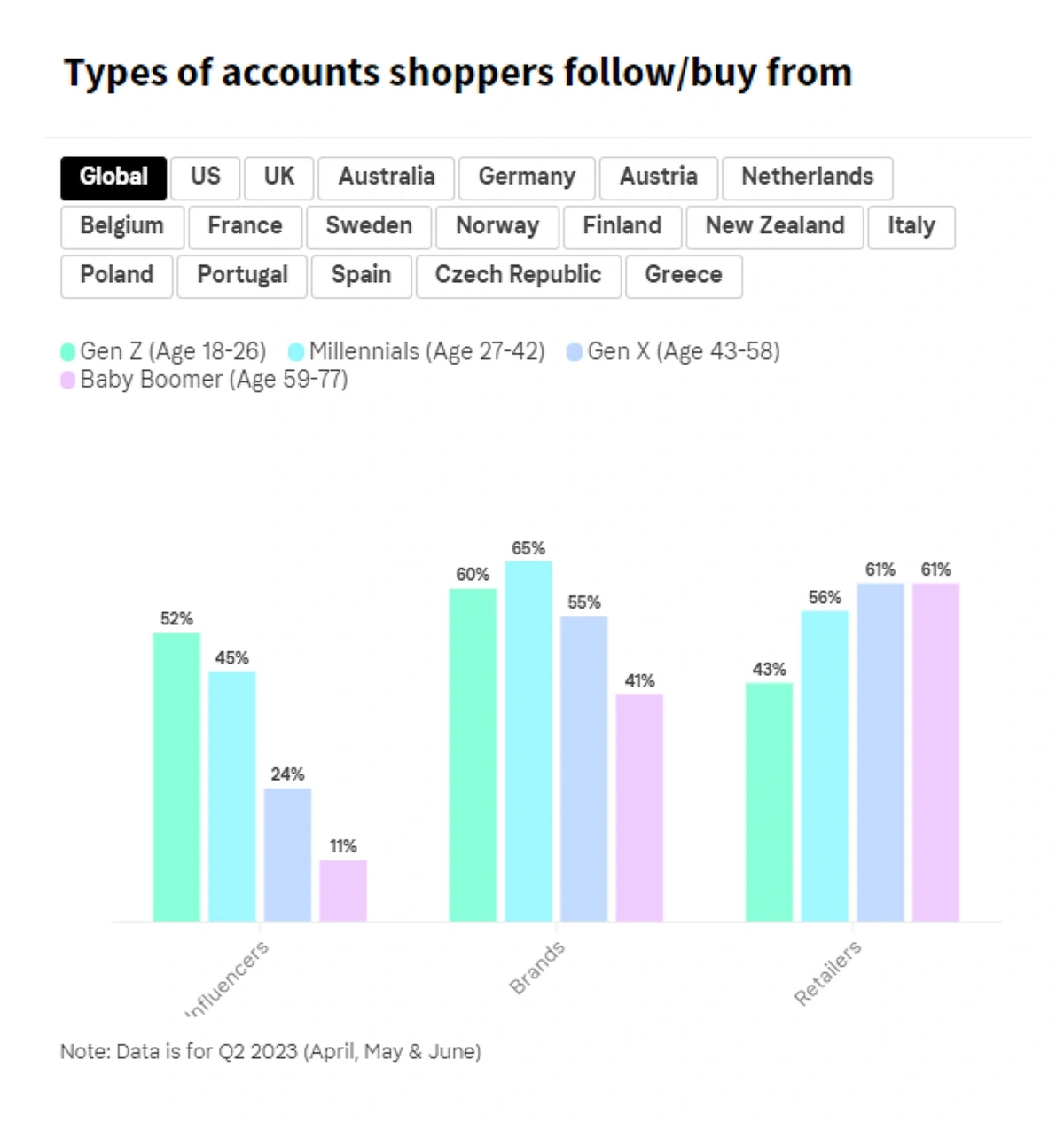Overview of Female Consumer Behavior
Female consumers are a dominant force in global retail, influencing 70–80% of all consumer spending worldwide. In the U.S., women accounted for 59% of discretionary general merchandise spending in the past year, and their purchasing decisions are critical to retail performance. Their behavior is shaped by a complex interplay of psychological, social, cultural, and economic factors.
Key Drivers of Female Consumer Preferences
Psychological and Personality Factors
Women’s purchasing decisions are influenced by personality traits such as extroversion, agreeableness, openness, conscientiousness, and neuroticism (the Big Five model). The need for uniqueness is particularly notable, with many women seeking products that help them express individuality and stand out from the crowd. Clothing and beauty products, for example, are often chosen not just for function but as a means of self-expression and identity formation.
Social and Cultural Influences
Social media and influencers play a significant role, especially in categories like beauty and fashion. Over 80% of consumers research brands on platforms like Instagram and TikTok before buying, and nearly half make purchases based on influencer recommendations. Cultural norms and beauty standards also shape preferences, with regional variations in product choices and formulations.
Brand Perception and Loyalty
Women tend to favor brands associated with quality, trust, and strong identity. Celebrity and influencer endorsements enhance credibility and can sway purchasing decisions. Established brands in cosmetics, for example, enjoy loyalty due to consistent quality and innovation.
Price Sensitivity and Value
While price remains a dominant factor, women exhibit a range of price sensitivities—some prefer luxury brands, while others opt for budget-friendly options. Promotions, discounts, and value-for-money packaging are effective in attracting price-conscious female shoppers.
Sustainability and Ethics
There is growing awareness and demand for sustainable, ethical, and cruelty-free products, particularly in beauty and personal care. However, willingness to pay a premium for sustainability is moderate, with price and quality still paramount.
Convenience and Personalization
Female consumers value convenience, personalized experiences, and excellent customer service. They respond well to loyalty programs, curated offers, and subscription models that reward repeat purchases.
Category-Specific Trends
| Category | Female Consumer Trends | Notable Insights |
|---|---|---|
| Beauty & Cosmetics | Drive 71% of spend; influenced by social media, influencers, brand trust, and ingredient transparency | Preference for clean, natural, and cruelty-free products; loyalty to trusted brands |
| Apparel & Accessories | High shopping frequency; seek individuality, comfort, and style | Growth in skincare, denim, leggings, and skirts; curated bundles and exclusive offers effective |
| Home & Housewares | Pullback in big-ticket items; shift to “spruce-up” spending and home décor | More online and warehouse club shopping; less in department and specialty stores |
| General Merchandise | Account for majority of discretionary spend; slowing growth in 2025 | E-commerce and omnichannel shopping are key; AI-driven personalization gains traction |
Emerging Trends and Channels
- Social Commerce: Women are highly engaged with social shopping, making purchases directly through platforms like Instagram and TikTok.
- Omnichannel Experience: Female shoppers use multiple channels (social media, websites, physical stores) before buying, expecting seamless integration.
- AI and Personalization: AI-driven recommendations, virtual try-ons, and tailored deals are increasingly important for engagement and retention.
- Experience Over Possession: Meaningful experiences, such as interactive in-store events or AR tools, can enhance satisfaction and loyalty.
Summary
Female consumer behavior is multifaceted, driven by a desire for self-expression, social validation, quality, value, and convenience. Brands that understand these dynamics—leveraging personalization, sustainability, influencer partnerships, and omnichannel strategies—are best positioned to engage this critical demographic. As female shoppers adapt to economic pressures and technological advances, their preferences will continue to shape the future of retail.




